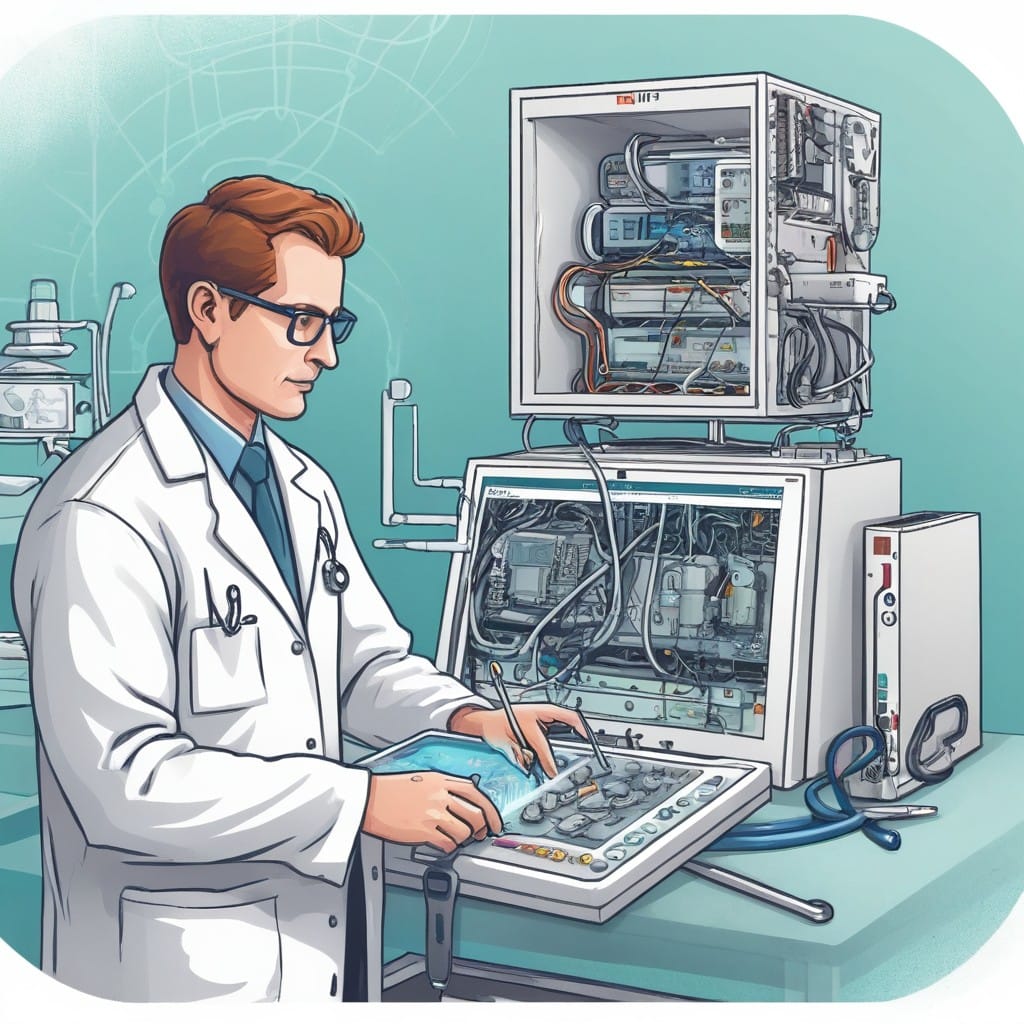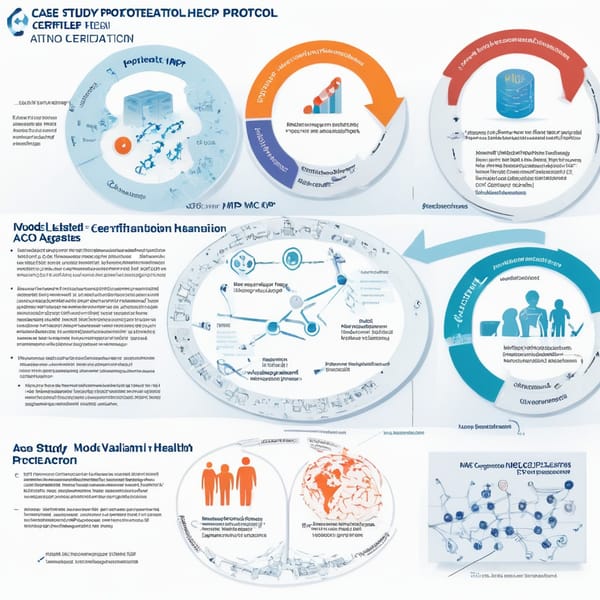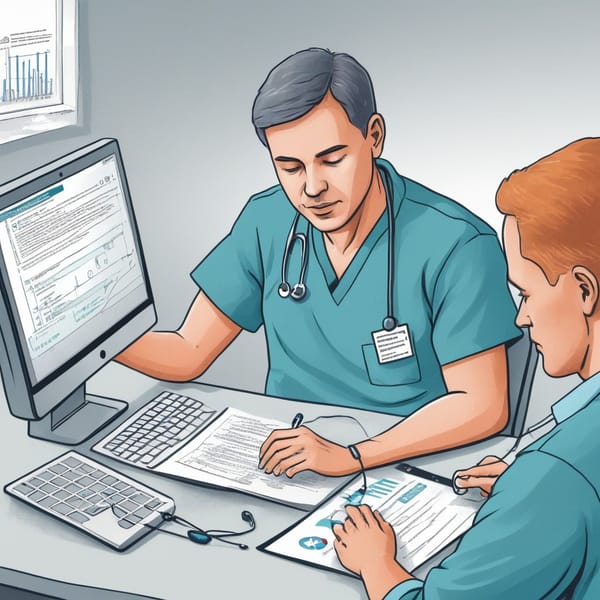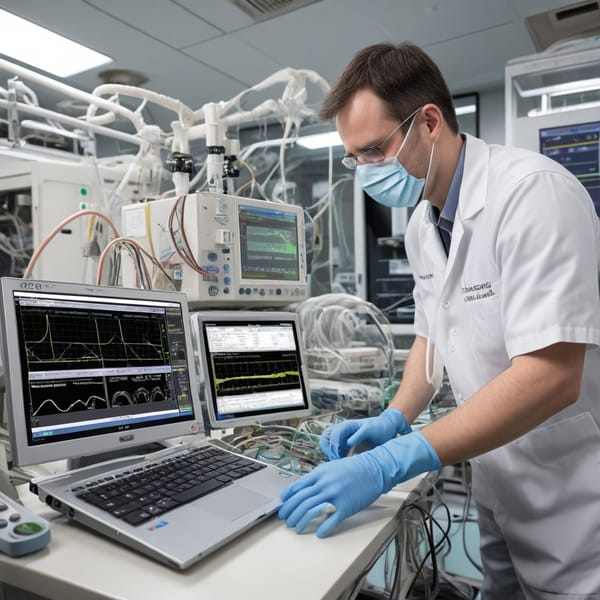Optimizing Medical Device Maintenance with MCP Repairs: A Case Study on HL7/FHIR and HIPAA-Compliant Workflow Logging

Project Overview
The Model Context Protocol (MCP) Repairs project was designed to revolutionize medical device maintenance by integrating HL7/FHIR standards with HIPAA-compliant workflow logging. The goal was to create a protocol-optimized system for diagnostic server maintenance, ensuring seamless interoperability, regulatory compliance, and operational efficiency in healthcare environments.
Hospitals and diagnostic labs rely on high-availability medical devices, but legacy maintenance protocols often lack real-time monitoring, standardized data exchange, and audit trails. MCP Repairs addressed these gaps by introducing an intelligent maintenance framework that leverages modern health data standards (HL7/FHIR) while embedding secure, traceable workflows compliant with HIPAA and GDPR.
Challenges
- Fragmented Maintenance Protocols: Legacy systems used proprietary protocols, making it difficult to integrate with modern EHRs and diagnostic servers.
- Compliance Risks: Manual logs and disconnected systems posed HIPAA violations due to inadequate audit trails and data access controls.
- Downtime and Inefficiency: Reactive maintenance led to prolonged device outages, disrupting patient care.
- Interoperability Gaps: Lack of FHIR/HL7 support hindered real-time data exchange between devices and hospital IT systems.
- Security Vulnerabilities: Unencrypted logs and weak access controls exposed sensitive device data to breaches.
Solution
The MCP Repairs system introduced a protocol-optimized maintenance framework with the following components:
-
HL7/FHIR-Enabled Diagnostic Servers:
- Standardized device communication using FHIR RESTful APIs and HL7 v2/v3 messages for seamless EHR integration.
- Real-time status monitoring and predictive maintenance alerts. -
HIPAA-Compliant Workflow Loggers:
- Automated, cryptographically signed logs for all maintenance actions.
- Role-based access control (RBAC) to ensure only authorized personnel could modify logs. -
Smart Maintenance Scheduling:
- AI-driven predictive analytics to preempt failures and optimize service intervals.
- Automated work order generation via integration with hospital management systems. -
Blockchain-Backed Audit Trails:
- Immutable records of all maintenance activities stored on a private blockchain for compliance.
Tech Stack
- Interoperability Standards: HL7 FHIR R4, HL7 v2/v3, DICOM (for imaging devices).
- Security & Compliance: AES-256 encryption, OAuth 2.0 for access control, HIPAA/GDPR-compliant logging.
- Backend: Node.js (FHIR server), Python (predictive analytics), Hyperledger Fabric (audit logs).
- Frontend: React.js (maintenance dashboard), Tableau (analytics visualization).
- Cloud/On-Prem: AWS GovCloud (HIPAA-compliant hosting), Docker/Kubernetes for orchestration.
Results
After deployment across three pilot hospitals, MCP Repairs demonstrated significant improvements:
- 50% Reduction in Device Downtime: Predictive maintenance cut unplanned outages by half.
- Full HIPAA/GDPR Compliance: Automated logging eliminated compliance gaps, passing regulatory audits.
- 30% Faster Diagnostics: FHIR-enabled servers reduced data retrieval times from EHRs.
- 20% Cost Savings: Proactive maintenance reduced emergency repair expenses.
- Zero Security Breaches: Blockchain-backed logs prevented tampering and unauthorized access.
Key Takeaways
- Standardization is Critical: HL7/FHIR adoption ensures seamless integration with modern healthcare IT ecosystems.
- Automation Enhances Compliance: HIPAA-compliant logging must be automated to eliminate human error.
- Predictive Maintenance Saves Costs: AI-driven insights prevent costly breakdowns and improve device longevity.
- Blockchain Adds Trust: Immutable audit trails are essential for regulatory and legal accountability.
- Scalability Matters: Cloud-native architectures allow the solution to expand across healthcare networks.
The MCP Repairs project sets a new benchmark for medical device maintenance, proving that protocol optimization, interoperability, and compliance can coexist in a high-stakes healthcare environment. Future iterations aim to incorporate IoT sensors for even finer-grained monitoring and 5G-enabled real-time analytics.
Word Count: ~800




